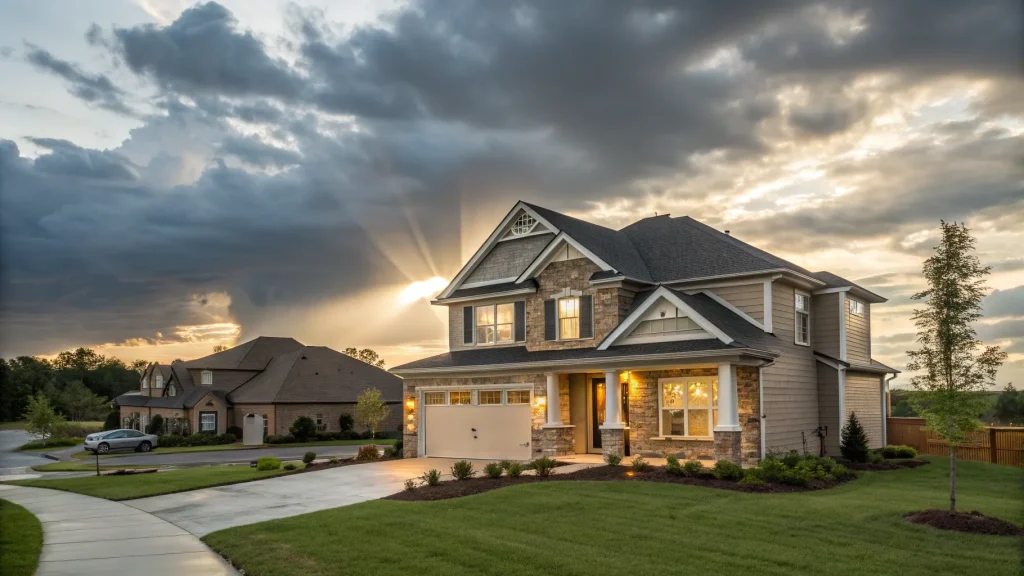As delivery delays and financing snags ripple through housing markets, more buyers are steering toward ready-to-move-in homes. The shift reflects a simple calculus: certainty today beats promises tomorrow. Industry professionals say the trend is growing across major cities, where buyers are weighing timelines, taxes, and total carrying costs before signing.
The core issue is straightforward. Under-construction projects can stall. Ready homes are, well, ready. That means instant possession, immediate rental income potential, and clearer paperwork. Developers still pitch off-plan sales as a path to lower entry prices, but many buyers now prize time, transparency, and peace of mind.
Table of Contents
ToggleWhy Ready Homes Are Gaining Ground
Many buyers want to avoid the most common risk in off-plan purchases: waiting longer than planned. Construction timelines can stretch for months or even years, which adds cost and stress. A finished property, by contrast, provides immediate utility and simpler financial planning.
“Investing in ready-to-move-in properties minimizes risks associated with under-construction homes, such as delays and financial complications.”
For families with lease expirations or children changing schools, timing can be everything. Investors also like the ability to start earning rent the day after closing, rather than paying interest while waiting for a handover.
The Tax Angle Buyers Care About
Tax treatment is another driver. Buyers often receive purchase-related deductions only after taking possession, so a finished unit can bring faster tax benefits. That accelerates cash flow perks and reduces the carrying pain of overlapping rent and mortgage payments.
“Tax implications further support ready homes, providing immediate benefits and peace of mind to buyers.”
While local rules vary, the bottom line is easier planning. With a ready asset, owners can document costs, claim eligible deductions sooner, and align tax timing with actual occupancy and rental income.
Weighing Costs: Sticker Price vs. Total Cost
Under-construction properties can appear cheaper at first glance. But buyers need to compare the total cost, not just the initial price. Extended construction can mean extra rent, interest during the build, and potential escalation clauses.
- Ready homes: quicker tax relief, immediate rental income, lower uncertainty.
- Under-construction: staged payments, lower headline price, customization potential.
If a project runs late, the apparent discount can evaporate. On the flip side, buyers who choose developers with strong track records may still secure good value at earlier stages.
Market Signals From Lenders and Developers
Lenders typically assess risk by project and developer credibility. They may tighten credit for projects with slower progress. That can raise the cost of borrowing for unfinished units and limit loan-to-value ratios. Developers, for their part, have responded with possession-linked payment plans and refund assurances to rebuild trust.
Agents report that move-in-ready inventory now attracts packed weekend viewings. Buyers can verify build quality on the spot, check ventilation and light, and gauge neighborhood noise. That hands-on certainty is hard to beat with brochures and sample flats.
Consumer Voices and Trade-Offs
Home seekers still face trade-offs. Some want to pick fixtures or modify layouts—advantages more common in early-stage purchases. Others prioritize a specific project or area, even if it means waiting. For many, though, the balance has shifted.
As one broker put it, the mantra is simple: “Buy what you can live in, or rent out, right now.” The message resonates with buyers who have been burned by missed handovers or changing project specs.
What to Watch Next
Analysts say a few markers will shape the next phase: construction finance availability, labor costs, and regulatory enforcement on delivery timelines. If these improve, off-plan confidence could rebound. If not, the tilt toward ready homes may accelerate.
For now, the playbook is clear. Buyers want clarity on timing, taxes, and total cost. Ready-to-move-in properties answer that brief with fewer surprises and quicker financial benefits. Off-plan units still have a place, especially with reputable builders and attractive pricing, but the patience premium has grown expensive.
The takeaway is practical. Verify delivery history, map out tax timing, and run a full cost-of-waiting analysis. In a market where certainty carries real value, keys in hand can be worth more than a discount on paper.
















